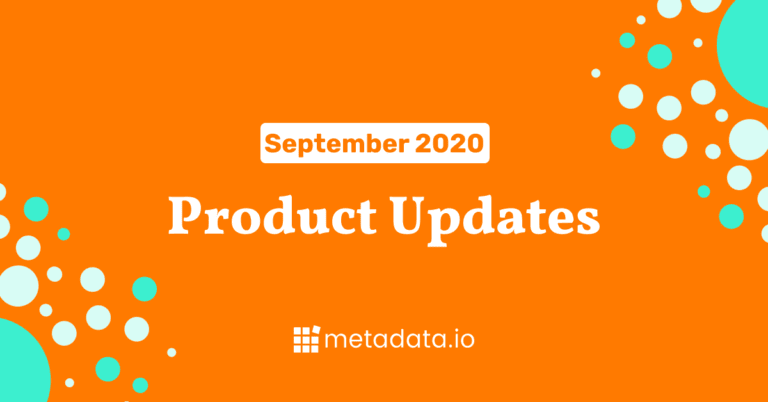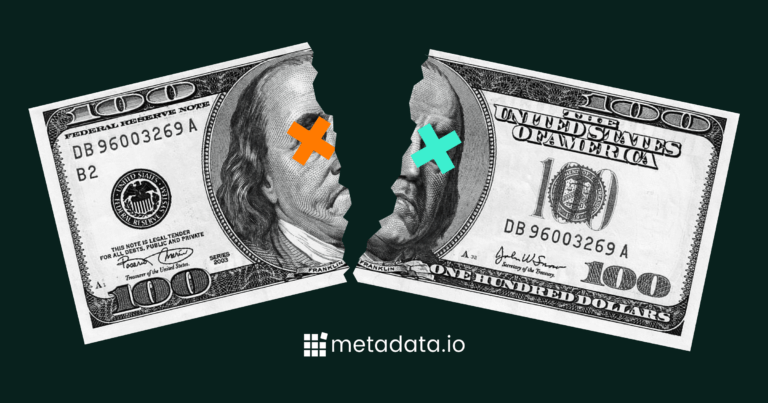What is an Autonomous Demand Gen Platform and how does it differ from ABM Platforms?
Most B2B marketers have made the transition from traditional campaigns to an account-based marketing (ABM) approach, with varying degrees of success. While ABM, as an approach, is as old as businesses selling to businesses, it’s only over the last several years that software vendors have built platforms to help marketers deliver an end-to-end ABM program.
Unfortunately, most of the original ABM platforms focused on engagement and other vanity metrics, with the assumption that engagement ultimately leads to won deals. Most marketers using those platforms are now realizing that account engagement doesn’t usually have a direct line to revenue, and are looking for the answers to help them build pipeline and close revenue.
Traditional ABM Approach
As a quick level-set, when we say account-based marketing, this is what we’re talking about:
- Identify your ideal customer profile (ICP) and understand your total addressable market (TAM)
- Develop a target account list that includes companies within your ICP, that have some other attributes that makes them more likely to buy (i.e. use your competitor’s product)
- Prioritize and tier the target account list into cohorts you can personalize experiences to
- Develop the unique content and experiences to pull each cohort through the buyer’s journey
- Leverage multiple channels to deliver the personalized experiences (i.e. digital, email, events) and engage target accounts
- Test, learn and optimize to what works
So what’s missing? Step 5 gets you to account engagement and then step 6 optimizes to that engagement. But what about demand, pipeline, and ROI? This is exactly where traditional ABM platforms are missing half of the picture, there’s no attribution to the results we all care the most about.
You Want Engagement AND Demand
Metadata’s founder is a marketer by trade, and wanted to solve the problems they were having executing successful ABM campaigns (i.e. buying and joining B2B targeting data, onboarding audiences, testing creative / content / channels, enriching leads). So he built the first Autonomous Demand Generation Platform.
But what are the differences between an ABM Platform and a Demand Generation Platform?
The standout features of an Autonomous Demand Generation Platform are:
- Focus on generating high-quality leads from target accounts that turn into triggered and influenced pipeline, not just engagement.
- Combines business and personal data (intent, firmographic, technographic, demographic) to build audiences in marketplaces with high match rates.
- Automatically runs self-optimizing ad and email campaigns at scale that engage target accounts and create and harvest demand for your product.
- Fully enriches all inbound leads with company and professional information, using multiple proven data sources.
- Provides reporting that is focused on the return on investment of your marketing campaigns: showing the total amount of spend, and the total amount of resulting pipeline and demand.
Customers Tell Us This Is A New Category
While we do still compete with traditional ABM platforms, for companies who have experience with platforms like Demandbase and Terminus, moving over to Metadata represents a transition to realizing and proving demand and pipeline from their marketing investments. For companies who use platforms like Engagio, they’ll often use Metadata as a complimentary platform to dramatically improve the efficiency of their ABM campaigns. In fact, Engagio themselves use Metadata in that very way.
“We were never able to directly prove that our Terminus campaigns were resulting in increased revenue. Once we switched to Metadata, we realized what we were missing all along!”
Mike Smith, Head of Demand Gen, Pluralsight
“Using metadata.io + Engagio, we were able to increase conversions at our target accounts by 237% within the first month of going live. Now, it’s the most predictable way to drive demand at my target accounts.”
Brandon Redlinger, Head of Growth, Engagio
Standout Features of a Demand Gen Platform



